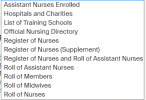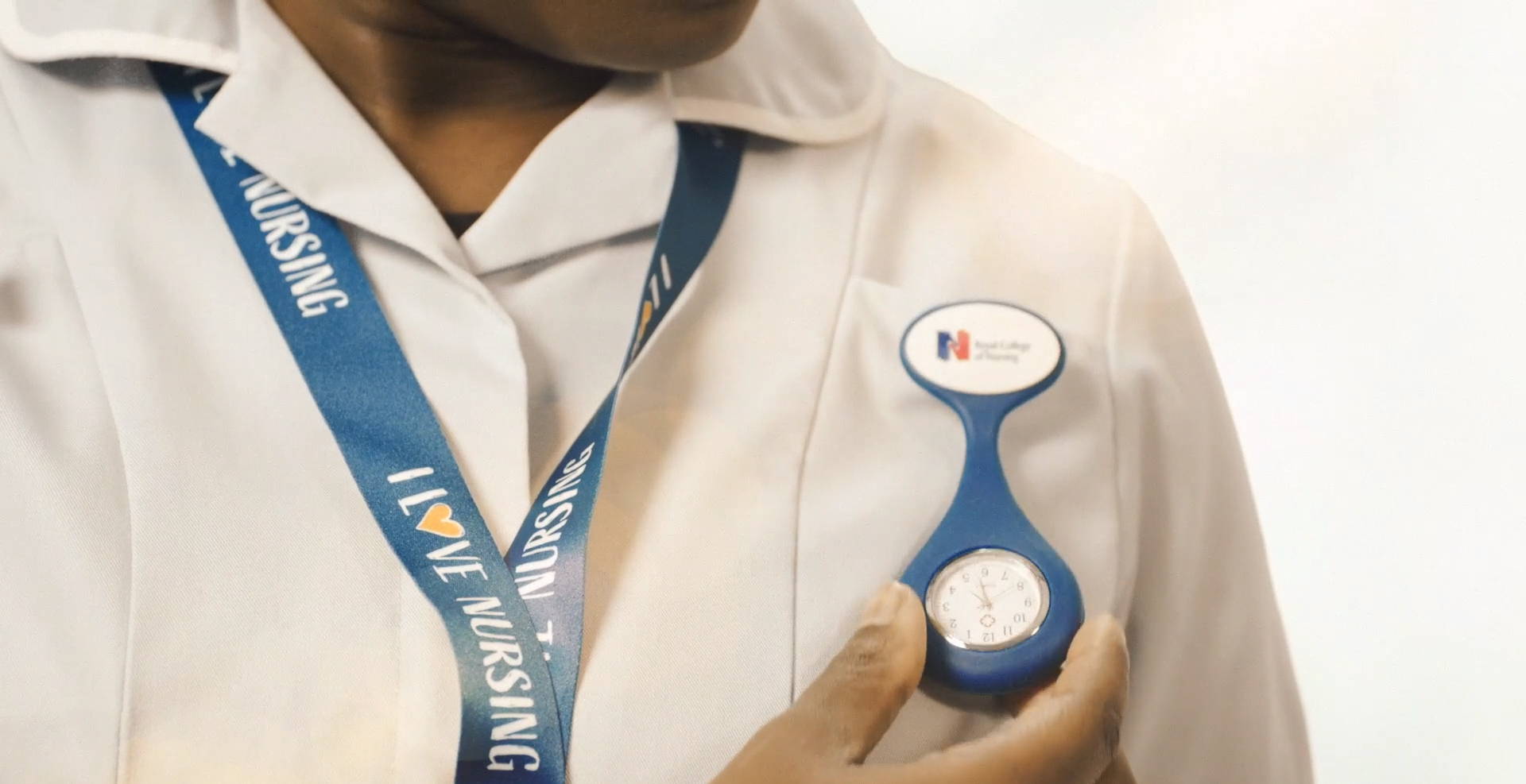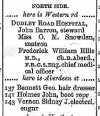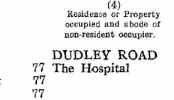Tby the Poor Law. A patient who is not an inmate of the older institution (the workhouse) must be seen by the workhouse Doctor and formally relegated by him to the Infirmary. The ambulance is then dispatched along the Infirmary Drive and stops under the archway of the receiving house, which stands on the boundary between the grounds of the two establishments.
"Patients ... after medical examination are allocated according to their ailments to the different wards in the main building. Persons suffering from smallpox, scarlet fever and similar complaints are not allowed to pass the receiving house, but are sent to the City Infections Hospital whilst those afflicted with contagious diseases such as erysipelas, ophthalmia and minor infectious diseases such as measles, are transferred at once to wards in a detached building in the Infirmary grounds"
The first Matron (or Lady Superintendent) at the new Infirmary was Anne Gibson who had trained in the Nightingale School. She was supported in post by a number of Nightingale Nurses and Probationers. Whilst working at the workhouse Infirmary Anne Gibson founded the Nurse Training School. She retired in 1912, and died in 1926.
The Central Poor Law Conference held on 13th February 1895 at Guildhall, London, was addressed by Anne Gibson speaking on the subject of Nursing in Workhouses and Workhouse Infirmaries. This was reported in the British Medical Journal.
The first Medical appointment was that of Visiting Surgeon Charles Jordon Lloyd, in addition to Resident Medical Staff. Unfortunately, he died in April 1913 at The Queen's Hospital in Birmingham, whilst working there. The visiting Physicians appointed were Dr. O. J. Kauffman, Dr. T. S. Short and Dr. C. W. Suckling.
The extension of Birmingham in 1911 led to the amalgamation of Birmingham, Aston and Kings Norton Unions into The Birmingham Union.
Dr. F. W. Ellis was appointed Chief Medical Officer to Dudley Road Infirmary and Western House on the 19th March 1913. The employment of Visiting Surgeons and Physicians was then abolished. The Hospital continued to grow from strength to strength, with a strong reputation. Within his first year of office he had analysed and reported in his 'Classification of the Indoor Poor' whereby the acute cases would be taken to Dudley Road Hospital, and the elderly and long term infirm would be taken to Western House. During the First World War, it was used as a Military Hospital, and then later transferred back to the Board of Guardians following the end of War. Frederick Ellis died in May 1939.
In 1925, Miss Olga Snowden was appointed Matron. She did much to improve the facilities and standards at Dudley Road Infirmary, founding the Olga Snowden School of Nursing, before her retirement in 1947.
The National Health Service Act 1946 was implemented in July 1948 with the formation of the Birmingham Regional Health Board. All the Hospitals and Infirmaries were divided into 27 Hospital groups, each group having its own Management Committee. No. 24 (Dudley Road) Hospital Group Management Committee was formed to administer the following Hospitals:
Dudley Road Hospital
Western Road Infirmary
Birmingham and Midland Eye Hospital
St Chad's Hospital
Birmingham and Midland Ear and Throat Hospital
The Skin Hospital
Marston Green Maternity Hospital
Heathfield Road Maternity Hospital
Burcot Grange, Blackwell
Taylor Memorial Home Romsley Hill Hospital
The Front block and Tower of the Hospital was demolished in 1964, and during this time the original foundation stone was lost. A large new out patient department was erected, with support services.
Sources:
Hutton, William: An History of Birmingham, Pearson and Rollason, 1783, reprinted EP Publishing, 1976
Kelly, Wm & Co: Post Office Directory of Birmingham with Staffordshire and Worcestershire, 1849, copied on CD by Midlands Historical Data, 2003
White, William: White's Directory of Birmingham . . . . the Hardware District, 1873, copied on CD by Midlands Historical Data, 2003
Kelly, Wm & Co: Kelly's Directory of Birmingham with its Suburbs and Smethwick, 1943, copied on CD by Midlands Historical Data, 2003
Dent, Robert K: Old and New Birmingham, Houghton & Hammond, 1878 -1880, reprinted EP Publishing, 1973
Gill, Conrad: History of Birmingham, Volume 1 - Manor and Borough to 1865, Oxford University Press, 1952
Briggs, Asa: History of Birmingham, Volume 2 - Borough and City 1865 - 1938, Oxford University Press, 1952
Upton, Chris: A History of Birmingham, Phillimore, 1993
he Hospital started life as the Birmingham Union Infirmary. It was erected in 1889, as an extension to the Workhouse in Western Road, from designs by W. H. Ward architect, and it had a corridor a quarter of a mile long linking nine pavilions, based on a model recommended by Florence Nightingale. It later became known as Dudley Road Infirmary, and then Dudley Road Hospital. It was recently once again renamed City Hospital, Dudley Road.
Extract from Birmingham Daily Post, 22nd April, 1890:
"There is only one way, officially speaking, into the infirmary, and that way lies through the Workhouse Gate, for it is only as an adjunct to the Workhouse that the infirmary is recognised






